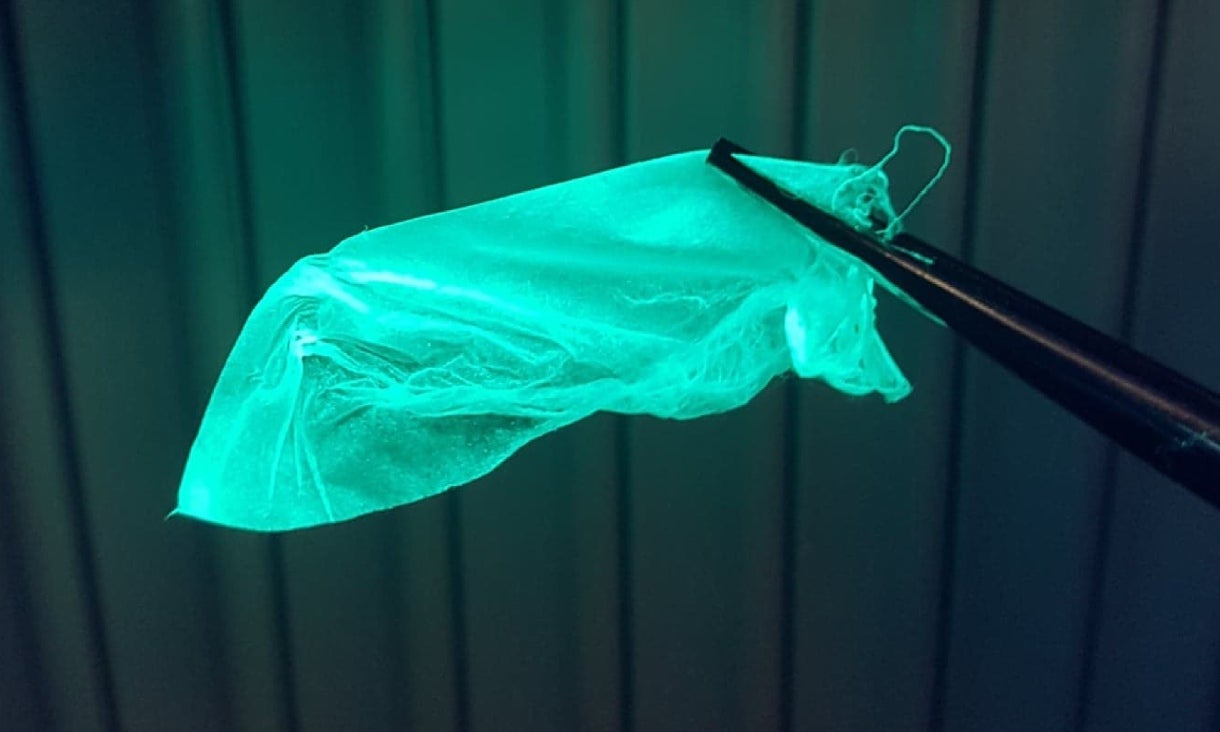
A team of researchers and engineers at RMIT University in Australia has created smart wound dressings that can mitigate inflammation and have inbuilt sensors to track the progress of healing.
The fluorescent nanosensors glow under ultraviolet (UV) light if an infection starts.

Discover B2B Marketing That Performs
Combine business intelligence and editorial excellence to reach engaged professionals across 36 leading media platforms.
With antimicrobial properties that last for up to seven days, the multi-functional dressings leverage the antibacterial and antifungal properties of magnesium hydroxide.
Compared to silver-based dressings, the new dressings are cost-effective to manufacture but have equivalent efficacy against bacteria and fungi, the researchers noted.
RMIT University vice-chancellor postdoctoral fellow Dr Vi Khanh Truong said: “Currently the only way to check the progress of wounds is by removing bandage dressings, which is both painful and risky, giving pathogens the chance to attack.
“Being able to easily see if something is going wrong would reduce the need for frequent dressing changes and help to keep wounds better protected.

US Tariffs are shifting - will you react or anticipate?
Don’t let policy changes catch you off guard. Stay proactive with real-time data and expert analysis.
By GlobalData“With further research, we hope our multifunctional dressings could become part of a new generation of low-cost, magnesium-based technologies for advanced wound care.”
Magnesium’s antimicrobial, anti-inflammatory and biocompatible properties are well known but there is only a small amount of practical research evidence available on its application in medically relevant surfaces, such as dressings and bandages.
The RMIT team is the first to create fluorescent magnesium hydroxide nanosheets that could adapt to bandage fibres’ curves.
The researchers made and integrated the nanosheets onto nanofibres. These nanosheets are said to be 10,000 to 100,000 times thinner compared to human hair.
In addition, the nanosheets respond to pH changes, making them suitable as sensors for monitoring healing.
The nanosheets can also be embedded into all types of biocompatible nanofibres, indicating the possibility to use them with conventional cotton bandages.
In laboratory tests, the magnesium hydroxide nanosheets were found to be non-toxic to human cells and destroyed emerging pathogens.
Currently, the team is planning to work with clinicians to advance the technology through pre-clinical and clinical trials.
Last week, Monash University in Australia developed a rapid and cost-effective paper test for checking bilirubin levels to detect jaundice in newborns.



